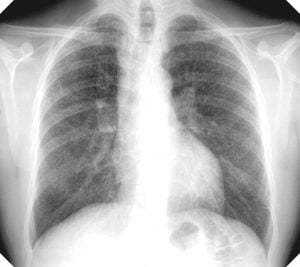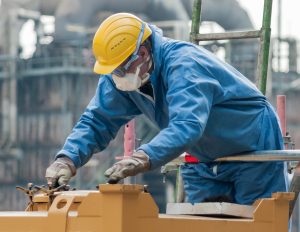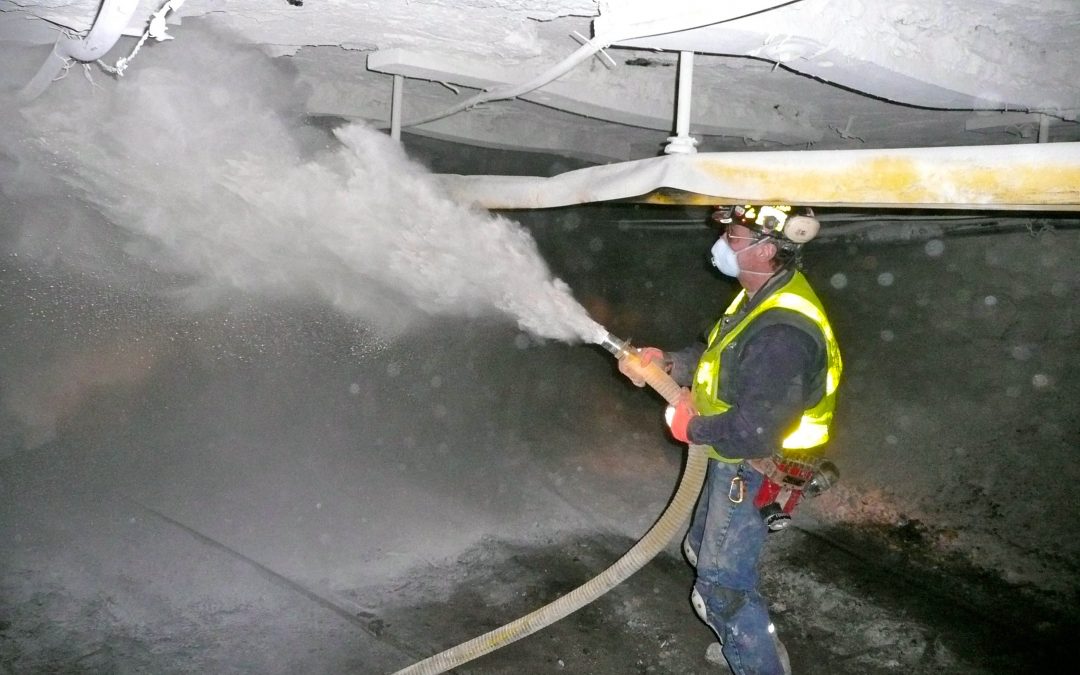What is silica dust?
Silica is among the most common elements that occur naturally on the planet. The mineral is found in most materials common on construction sites. This includes soil, sand, on concrete, rocks, granite, masonry, and landscaping materials. When these materials are disturbed, it will create the silica dust. Types of disturbance can be, grinding, cutting or drilling.
Possible situations when silica dust occurs

Source: Gumersindorego via Wikimedia Commons
The dust from materials can comprise of what is referred to as silica particles. Typically, materials containing crystalline dust particles are not harmful unless they are disturbed. When disturbed, the materials will generate small-size particles capable of getting into your lungs. This is a process known as “respirable crystalline silica.” These dust particles are usually microscopic, smaller than the sand you’ll find on the bank of the sea. They are so tiny that you cannot see them. They are a significant cause of lung disease and lung cancer. Just a little amount of silica dust is powerful enough to cause a devastating health hazard.
Construction materials that contain silica
There are lots of construction materials out there that contain silica, and these include but not limited to bricks, cement, asphalt, drywall, mortar, grout, tile (including the ones mentioned above) and others.
What illness can result from a silica dust situation?
When crystalline silica is present in the air due to disturbance of materials bearing silica, people, especially workers at construction or mining sites become exposed to it through inhaling. When people inhaled crystalline silica particles, severe or sometimes, life-threatening illnesses can occur. Tuberculosis, silicosis, lung cancer, and acute obstructive pulmonary disease can result from it.
Furthermore, exposure to silica dust has also been linked to other dangerous health situations such as renal disease, and other forms of fatal cancers. In 1996, the International Agency for Cancer research on behalf of the World Health Organisation (WHO) identified silica dust (crystalline silica) as a factor responsible for the human carcinogen. The WHO reaffirmed this position in 2009, demonstrating how dangerous silica dust and its crystalline particles can be.
Effects & realism of a silica dust situation
The unchanging position of the WHO regarding silica dust entails it is a significant health challenge. Even the American National Institute for Occupational Safety and Health (NIOSH) and the Center for Disease Control (CDC) also recognized the fact that workers at construction sites and other industries stand a higher risk of contracting silicosis. Silicosis is a progressive disease that only gets worse, even exposure to respirable silica dust has stopped.
Studies have shown that the numbers of people living with silicosis in the United States are estimated to be between 3,600 to 7,600 affected cases. New cases of the silica infection occur every in the US, and their surveillance programs in operation in Michigan and New Jersey.

Source: Cccefalon via Wikimedia Commons
To mitigate the spread of the silicosis, the NIOSH recommended that construction or such other industry workers should refrain from bringing silica to the home by:
- Using washable or disposable working clothes at the work site
- Take a shower (if possible) and change into new clothes to prevent contamination of cars, homes, or other work areas.
- Park your vehicle where silica will not contaminate it.
Lastly, the OSHA recognizes the danger silica pose to employees. Therefore set forth a recommendation through its regulation 29 CFR 1926.1153, directing construction employers to minimize workers exposures to silica. The permitted levels at or below Permittable Exposure Level of (PEL50 ug/m3). While complying with other exposure control methods and guidelines.
Silica dust is hazardous, and it is best to prevent such a situation from occurring by keeping to acceptable working and behavior patterns.
Linda Rawson is the CEO, and Founder of DynaGrace Enterprises, (http://DynaGrace.com) which is a Women-Owned, 8(a) Minority, Small Business. She is also the author of The Minority and Women-Owned Small Business Guide to Government Contracts.
Resource:
Image Resource: Featured Image Source: National Institute for Occupational Safety and Health via https://en.wikipedia.org/wiki/Rockdust#/media/File:Coal_miner_spraying_rock_dust.jpg, Cccefalon via Wikimedia Commons, Gumersindorego via Wikimedia Commons

